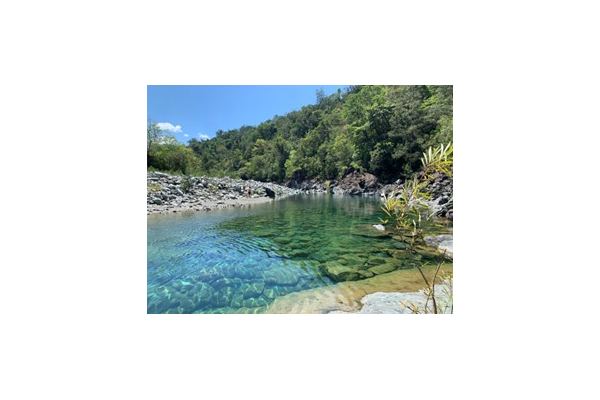INVESTIGATING CHEMICAL WEATHERING IN EAST–SOUTHEAST ASIA
Seminars
Semester 2
Chemical weathering of silicate rocks is the key process that removes atmospheric CO2 in geologic timescales (>106 years). East and Southeast Asia provide an ideal study area to improve our current knowledge on the utility of geochemical proxies as silicate weathering tracers due to the presence of favorable conditions for silicate weathering; however, rivers in this region remain poorly studied. In this seminar, riverine geochemical data from Hong Kong, the Philippines, the Mariana Islands, and Malaysian Borneo are presented to deepen our understanding on terrestrial weathering processes and uncover new interpretations on how geochemical proxies—particularly dissolved lithium isotopes (δ7Lidiss)—can be used to trace silicate weathering. Most notably, the data reveal that lithological variations can play a significantly larger role in influencing dissolved δ7Li values than previously thought. Rivers draining mafic lithologies display markedly heavier δ7Lidiss values compared to silicic-draining rivers, with a global increase in mafic weathering potentially driving major changes Cenozoic seawater δ7Li flux. High δ7Lidiss values were also measured from the largest river system studied—the Rajang River—suggesting that the unique weathering environment in East–Southeast Asia can potentially deliver previously unknown heavy δ7Li flux towards global oceanic Li budgets. Overall, this research highlights the valuable utility of East–Southeast Asian river systems in improving our current understanding of silicate weathering processes in modern and deep time settings.
Additional information: Mr. Chris Tsz Long CHEUNG, ctlc@connect.hku.hk










